 |
Look Up! Evaluate your Tree
~Tom Rohrer
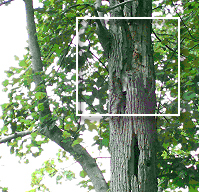
Many portions of the Southeast have experienced severe drought conditions for the past several years, placing stress on both landscape and native trees. The drought’s effect on trees may not be visible now but the impact could be apparent for several years to come. Susceptibility to disease and insects is heightened as the ability to ward off these problems is diminished. Borers, bark beetles, leaf/trunk fungus and interior decay will further weaken already stressed trees. In addition, it has been a stormy spring and early summer with many areas experiencing high winds and tornadoes, damaging or destroying already drought-stressed trees.
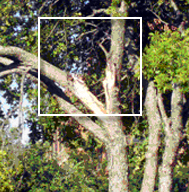
Storm damage
It is important to evaluate your trees now to look for anything out of the ordinary including sap seeping from bark, smaller leaves than normal, leaves that are less green than usual, branch dieback, fungi, or leaves dropping or changing color early. Trees that did not fully leaf out should be evaluated by a certified arborist who can make recommendations for either removal of what might be a hazardous or declining tree, or make suggestions to initiate a plant health program for specific trees. A plant health program may include structural pruning recommendations and deep root injection with fertilizer, organic or mycorrhizal fungi materials to enhance root growth and soil moisture absorption.
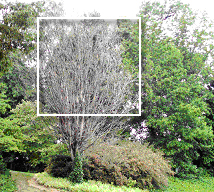
Dead tree
OLM recommends having a certified arborist evaluate your property to provide recommendations for arbor care (pruning, fertilization, insect/disease control) as well as the removal of potentially hazardous or declining trees. Areas of particular importance include:
- Building/structure – Trees in a weakened condition close to buildings/structures that could pose a hazard during high winds;
- Parking lot areas – Potentially weakened trees that could cause vehicle damage or pedestrian injury;
- Pedestrian walks and congregating areas such as patio or picnic areas – Leaning trees, dead/damaged limbs that could fall and injure pedestrians.
Contact OLM with any questions concerning trees or other areas of your landscape, we will be glad to assist!
 I dialed a number and got the following recording: "I am not available right now, but thank you for caring enough to call. I am making some changes in my life. Please leave a message after the beep. If I do not return your call, you are one of the changes." I dialed a number and got the following recording: "I am not available right now, but thank you for caring enough to call. I am making some changes in my life. Please leave a message after the beep. If I do not return your call, you are one of the changes."
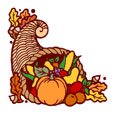
Need
help? Have questions? Whether it concerns home
or at work, contact OLM by phone, e-mail or fax and we will
be glad to assist! |
|
 |

|
 |
| |
|
Sculptures
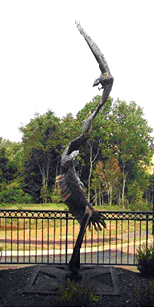
The sculpture above is at Peter Jefferson Place in Charlottesville, VA, two Eagles doing a mid-air wingtip-to-wingtip dance. The photo of the lone Eagle shows some of the detail that went into the work. The sculpture is mounted on a pedestal that rotates in the wind, adding to the drama of the dance.
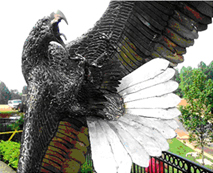
The sculptures below are at CityView in Smyrna, GA and are a regulation 60 feet 6 inches apart.
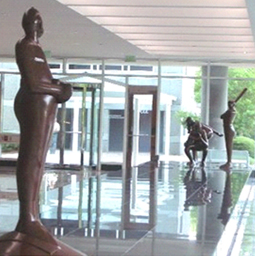
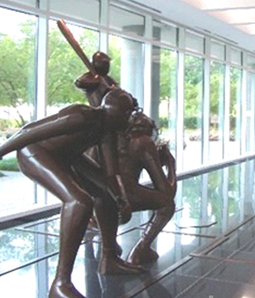
|
Of Interest in Florida
Palm trees are a staple in most landscapes in Florida, and in some areas of south Florida more Sabal palms are dying than would be considered usual. It has been confirmed that ‘Texas Phoenix palm decline’ is the culprit, a disease previously not associated with Sabal (or Cabbage) palms.
According to a report from the University of Florida – IFAS, there have been limited observations of this disease and making a field diagnosis would be difficult, especially on over-trimmed palms in landscaped areas. It is easier to detect in natural areas or landscape palms that have not been trimmed and have larger canopies.
Also noted in the report is that it is extremely important for the public to remember that Sabal (Cabbage) palms can appear unhealthy or die from a number of reasons including lightening, nutrient deficiencies, over-trimming, insects and disease. For more technical information from the University of Florida go to http://edis.ifas.ufl.edu/PP163. As always, contact your OLM consultant if you have any questions. |
|
|